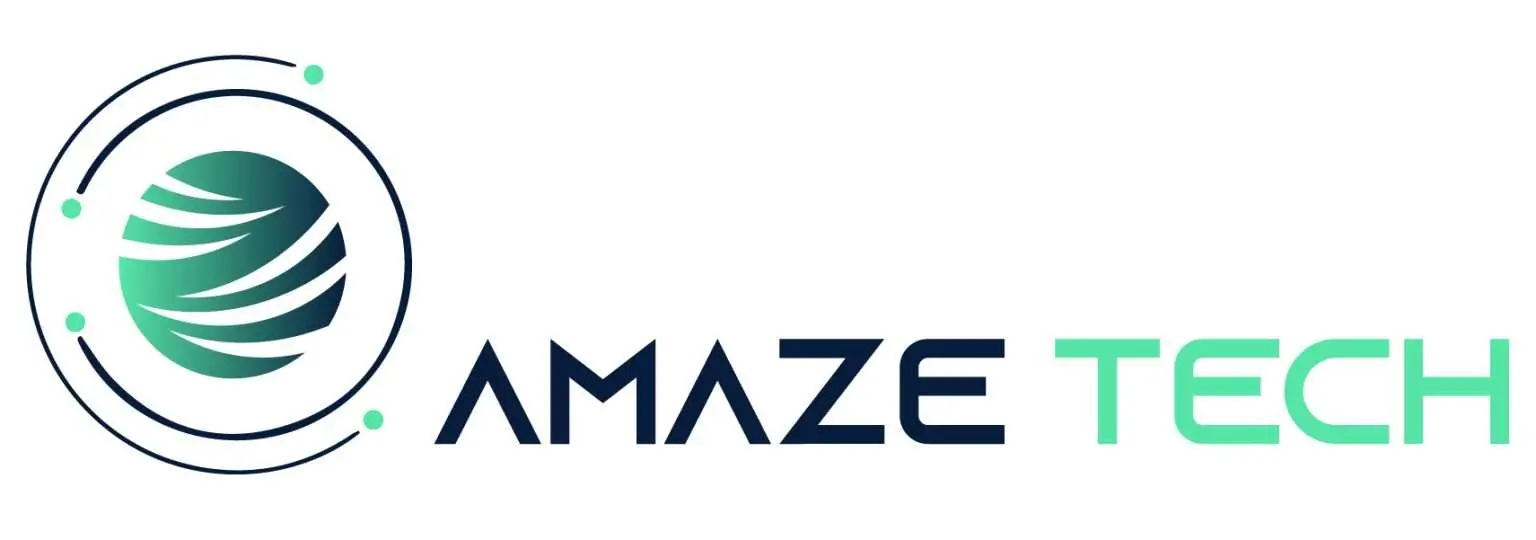Every year, businesses in the United States are investing more in social media marketing. In 2016, they spent just $15.6 billion on paid ads. Fast forward to 2020, and that number had surged to around $40 billion. We anticipate this upward trend to continue through 2023. This growth is driven by the increasing number of people using social media and the valuable market insights it provides.
Social media stands out from traditional advertising because of its deeply personal nature. It’s a platform for connecting with friends, family, and coworkers, as well as for following our favorite brands and staying updated on trends and influencer culture. Unlike TV and radio airtime, certain social media marketing methods are completely cost-free. When executed effectively, it doesn’t come across as advertising; instead, it’s seen as a means of forging connections.
Facebook’s ad platform debuted in 2007, and since then, social media has evolved with new trends like career influencers and giveaway marketing, prompting business adaptations.
Streaming’s rise has impacted traditional marketing. TV viewership declines as consumers opt for ad-free streaming. Advertisers face new challenges. Fortunately, businesses still wield significant influence on social media. But how does it function? First, grasp the contrast between organic and paid social, then tailor the mix to suit your business.
What Is Organic Social Media?
Organic social builds a distinctive brand identity, enticing consumers to purchase your offerings. It involves free content shared on your profile, often liked and shared.
Organic social media engages a company’s current followers, mutual connections, and potential interest groups. Content is visible to followers, shared, and discoverable through hashtags, locations, and replies. Gaining followers is a pivotal challenge, but a valuable one.
At its core, organic social media aims to forge a genuine bond between a business and its followers. Rather than just promoting products, it enriches the company’s brand identity through content creation. Companies leverage organic social media for the following purposes:
- Create and foster a brand personality.
- Interact with followers and customers.
- Customer service.
- Share informative, inspiring, and entertaining content.
- Build relationships.
What Is Paid Social Media?
If you haven’t figured it out yet, paid social involves spending money on advertising. It entails brands paying social media platforms to distribute their content to fresh audiences. This includes promoted posts and advertisements. While organic posts on platforms like Facebook or Instagram offer insights, paid social provides even greater value. Paid ads are the most effective means of turning new audiences into customers.
When you use paid ads, your target audience extends beyond your current followers, reaching individuals who aren’t already connected to your brand. Social media platforms, armed with user data (like interests, location, and age), efficiently promote your ads to potentially interested users.
For instance, promoting a camping stove ad on Facebook ensures it appears on the newsfeeds of those who engage with camping-related content. With some business and product details in your ad campaign, Facebook can amplify your reach.
Paid ads typically come in the form of full-fledged advertisements or promoted posts, clearly labeled as ‘Sponsored’ for transparency. Paid social also grants access to features designed to boost your click-through rate (CTR), such as ‘Scroll up’ and ‘Learn More’ buttons. Here are some compelling reasons to embrace paid social:
- Reach a larger audience and attract new followers and customers.
- Promotion of a sale or event.
- Target ideal customers.
- Drive leads and conversions.
What about influencer marketing?
Influencer marketing occurs when a brand compensates an influencer, either through free products or per post payment, to endorse their products. While it bears some similarities to paid social, it doesn’t neatly align with either category. It maintains a genuine approach by utilizing reviews and an influencer network for sales promotion, but it’s also paid, usually involving some form of compensation.
If you’re considering integrating influencer marketing into your strategy, ensure alignment with your brand identity. Collaborate with influencers who resonate with your company’s values and provide clear posting guidelines. While it can be challenging, influencer marketing is an effective method to attract authentically interested and engaged followers.
Organic vs. Paid: Which Is More Effective?
The reality is, a blend of organic and paid advertising is your best strategy. Cultivate an authentic brand presence on social media for engagement and customer loyalty. Motivate followers to share content and leverage hashtags and location tags effectively. At the same time, create paid ad campaigns that are aimed at bringing in new followers. Your paid strategy will bring in new customers, and your organic strategy will keep them with you.





